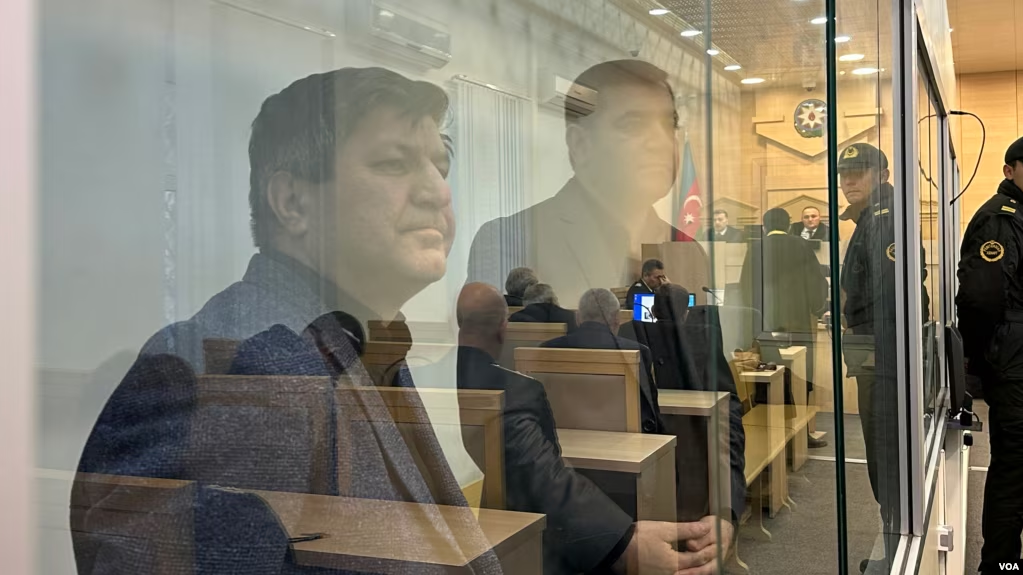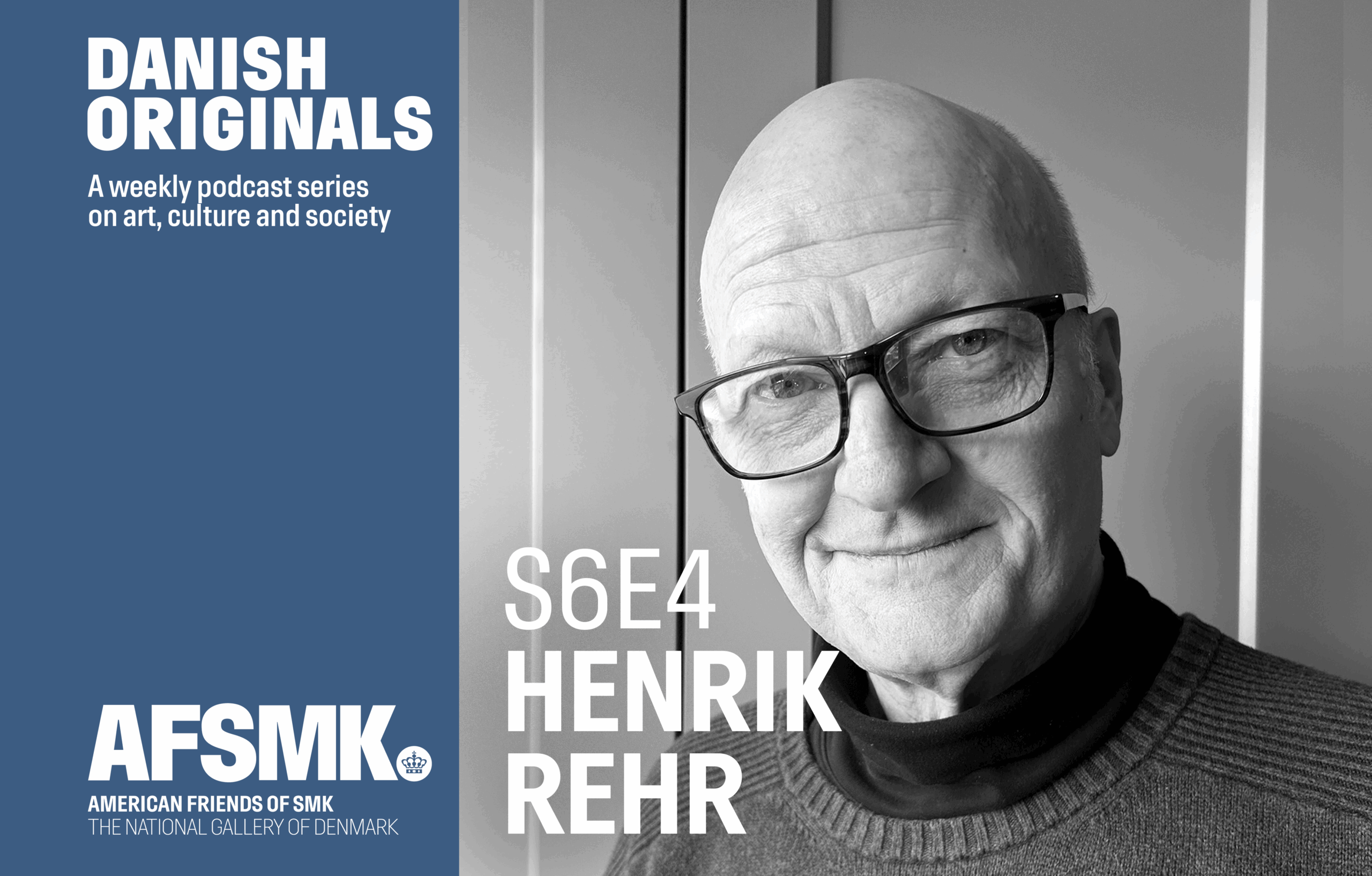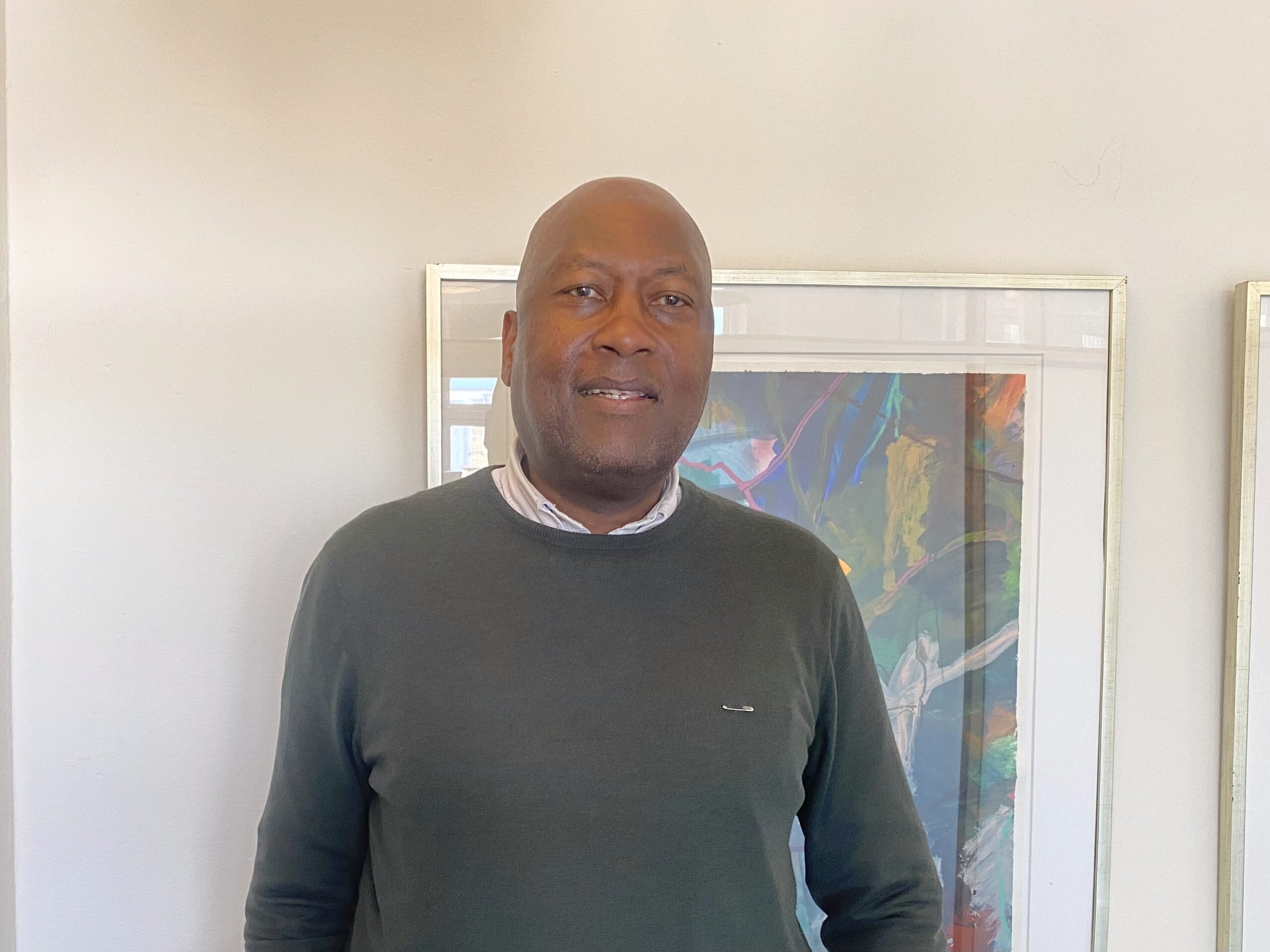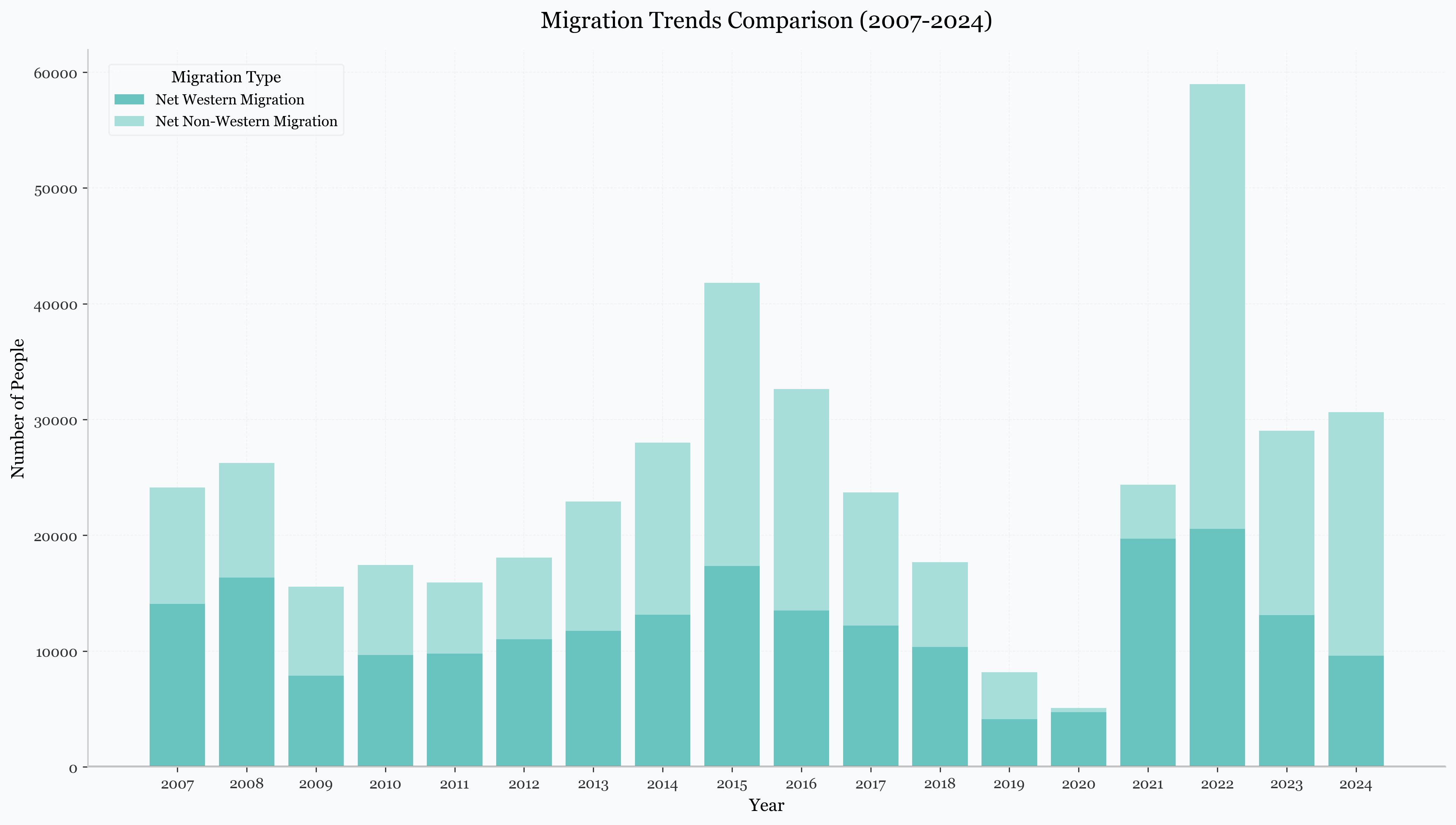“I reported on corruption. Now I’m paying the price,” Azerbaijani journalist Avaz Zeynalli, editor-in-chief of Xural, tells us from behind bars.
Thousands of kilometers away in Denmark, Bernardo Basillici Menini, the editor-in-chief of The Copenhagen Post, reflects on a very different reality: “Here, journalism doesn’t need to fight to be heard.”
These aren’t just personal anecdotes—they point to something deeper and measurable. Our research explores the connection between press freedom and corruption, using both the Press Freedom Index and the Corruption Perception Index across ten years of global data.
What comes first—freedom or fear?
Corruption doesn’t happen in broad daylight. It hides. And one of the best ways to expose it is through a free and fearless press. But could corruption actually decrease media freedom?
To find out, we looked at global data from the last decade. We analyzed the Corruption Perception Index and the World Press Freedom Index in over 150 countries, trying to understand how one might influence the other.
Alongside this, we spoke directly with journalists on the frontlines— one in Denmark, and one in Azerbaijan.
Our results were clear: when corruption tends to go down, journalists tend to have more freedom to report. But when the corruption grows, the media is silenced —and the dangers for those who try to speak out become graver.
How media freedom behaves
Press freedom varies significantly depending on where you stand. For instance, countries grouped as high income by the World Bank score, on average, 20 points more than low income countries in the PFI.
Norway, a high income country, is at the top of the list, with most press freedom, scoring 95.18, while, at the other extreme stands North Korea, categorized as low income, with 21.72.
The corruption perception of these groups also differs, with countries with low income being perceived as more corrupt by, on average, 38 points in the CPI.
Graph 1: Income, corruption, and freedom
The graph illustrates the relationship between economic position and press freedom and corruption by comparing trends across GDP categories from 2013 to 2023. The post-2021 drop in press freedom—even in low-corruption, high-GDP nations—shows that wealth doesn’t guarantee journalistic safety. Poorer countries, on the other hand, consistently have low CPI and PFI scores, which highlights the daily difficulties journalists encounter in holding those in positions of authority responsible in democracies that lack structural strength.
This bolsters the notion that media independence and institutional transparency—two essential components of good journalism—must coexist with economic progress.
Two realities of press freedom
Over the past ten years, Denmark has ranked amongst the top 10 countries in the World Press Freedom Index. Bernardo Basillici, based in the Danish capital, says media freedom in Denmark is the highest he’s experienced, with fair treatment and mostly independent ownership.
However, he recalls once witnessing a case of intimidation in Denmark: “One of our journalists received a lot of pressure (comparable to an implicit threat, in my opinion) from one of the main Nordic food delivery companies for investigating riders’ working conditions”.
Pressure is part of the daily reality of journalism in Azerbaijan, according to journalist Avaz Zeynalli. “It’s so extreme that even sarcasm or irony in writing can lead to imprisonment. Some political prisoners don’t even know the exact reason they were jailed”, he states.
In his 36 years working in the field, Zeynalli has seen many changes in journalism in Azerbaijan, recalling periods in which more independent and critical reporting was possible, though he believes that freedom has declined over the years, as the country developed economically and corruption rates went higher.
Today, he says, “Journalists who criticize government institutions are frequently targeted. Prisons are full of journalists who criticized state institutions.” Currently, the country has 25 journalists and media workers imprisoned – over 4% of imprisonments of these professionals worldwide – according to Reporters without Borders.
Through the last 10 years, the levels of Press Freedom in Azerbaijan have reduced by 23%, with a rapid decrease between 2012 and 2015. It was in this period, in March of 2013, that Zeynalli was sentenced to nine years in prison under charges of corruption, shortly after writing about large-scale corruption within the government.
At the time, he was one of the most vocal critics of high-ranking officials, publishing investigations in the independent newspaper Xural. Released in 2014 due to international pressure, he was re-arrested in 2022 under similar charges. “They use the same label—corruption—to punish those who report on corruption,” he said.
In contrast, Basillici believes investigative journalism in Denmark is more effective at driving accountability. “Denmark is a small country, so it’s hard to pretend that something doesn’t exist. Sometimes Danes need time to acknowledge a problem, but when they do, that problem is addressed and not hidden away,” he explained.
Why corruption matters
Looking at the past ten years, every increase in CPI is associated with a 0.2% decrease in a country’s press freedom. Depending on the country, that drop can be more severe: in Denmark, it’s 0.4%, while in Azerbaijan, it reaches 0.97%.
Basillici adds that once a journalistic investigation is published in Denmark, it usually brings results—highlighting the role of media in exposing and correcting wrongdoing.
Behind bars, beyond numbers
In Azerbaijan, many journalists are charged with corruption, embezzlement, or tax evasion—accusations that mirror the very topics they report on. In Zeynalli’s case, the consequences extend beyond censorship. He developed cancer while in detention and, according to his lawyer, lacks adequate access to medical treatment. When punishment includes both imprisonment and medical neglect, the message is not just “be quiet”—it’s “disappear.”
RSF’s 2024 data shows that as corruption rises, governments often shift from brute force to institutional tactics—using courts, vague laws, and medical neglect as tools of repression. Our research confirms it: each rise in perceived corruption in Azerbaijan is followed by nearly a 1% drop in press freedom. Zeynalli’s story reflects this—when corruption deepens, the cost of reporting increases, not just in freedom, but in health and safety.
Corruption precedes repression
At first glance, it’s easy to assume that a free press keeps corruption in check. A deeper look at the data shows corruption often precedes media repression.
To test this, we ran a regression model using ten years of global data from 180 countries, taking the CPI as the independent variable and PFI as the dependent. We controlled for GDP and Democracy Index then applied a lag function—a statistical method that lets us track changes in corruption that tend to precede those in press freedom.
What we found was clear—and concerning. Governments perceived as corrupt tend to create an atmosphere of press repression, our analysis entails.
Quantitatively, each one-point rise in perceived corruption was followed by a drop of approximately 0.08 in a country’s press freedom score the next year. The effect remained strong even when accounting for economic development and political system. Democracy scores and GDP levels changed the intensity—but not the direction—of the relationship. To better illustrate the relationship between press freedom, corruption, and economic power, we included a bubble graph based on our analysis.
Graph 2: Bubble plot of power and pressure
Using GDP as a size indicator, this bubble graph illustrates the correlation between press freedom and corruption across nations. Each country is represented only once—during the year it recorded its highest GDP between 2013 and 2023. Countries like Norway and Denmark, with strong scores in both press freedom and low corruption, stand apart from clusters of states that signal deeper structural challenges.
The graph helps visualize how corruption and media freedom interact, highlighting patterns of governance.
From Copenhagen to Baku
The contrast becomes clearer when looking at individual countries. In Azerbaijan, corruption doesn’t just limit press freedom—it weaponizes the law against those who report on it.
“The laws don’t protect journalists. They’re used against us,” says Avaz Zeynalli, who has been imprisoned twice for exposing government corruption.
In Denmark, the press operates more freely—but it’s not untouchable. “Sometimes it takes time to acknowledge a problem,” says Bernardo Basillici. “But once a journalistic investigation comes out, it usually brings results.”
Our research shows that over half the variation in press freedom is explained by corruption, democracy, and economic development. Yet corruption alone holds surprising predictive power.
Across 180 countries, the pattern was clear: higher perceived corruption in one year predicted lower press freedom the next. The effect was strongest in weak democracies, but even stable ones weren’t immune.
Media freedom reflects more than legal protections—it signals the overall health of public accountability. When corruption spreads, journalism’s space shrinks. And without journalism, corruption thrives. It’s a feedback loop quietly eroding democracy from within.
In the end, the numbers speak: corruption silences not just the press, but the people behind it. If unchallenged, it does so one voice at a time.













